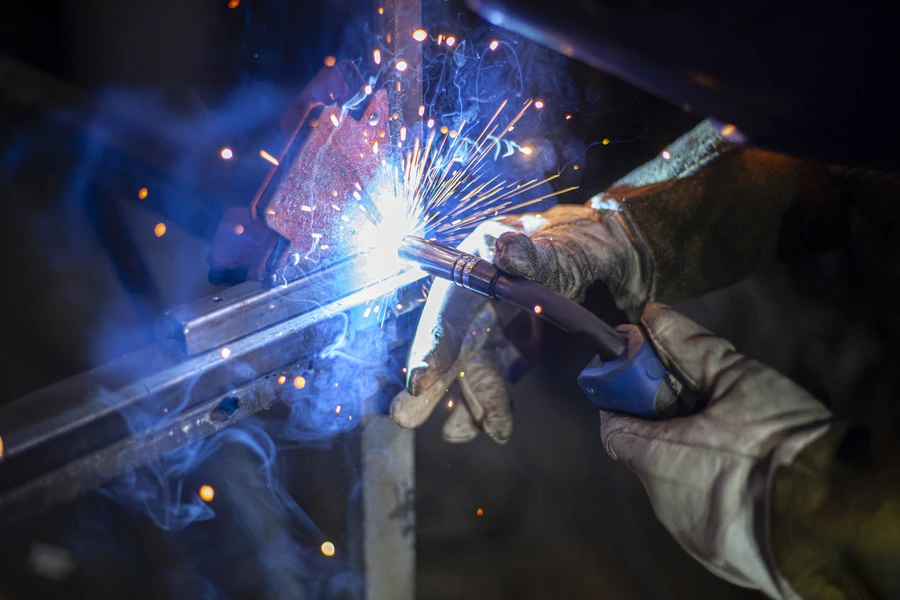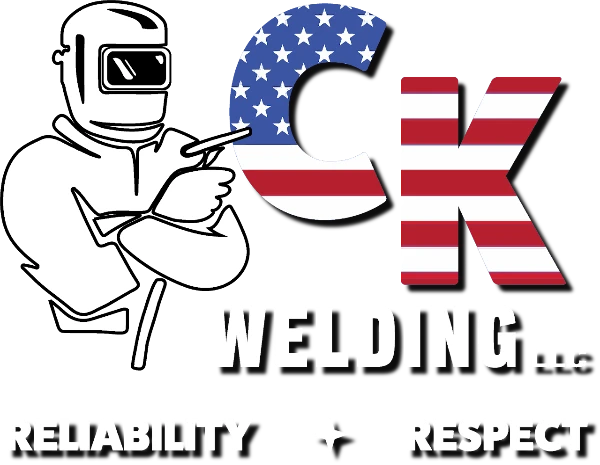Enhancing Metal Fusion With Proper Heat Management
Preheating is a crucial step in many metalworking processes. It plays a significant role in ensuring strong and reliable welds, especially when dealing with aluminum projects. By understanding the importance of preheating, you can achieve better results and avoid common problems associated with improper welding practices. Preheating affects the metal’s properties, making it more conducive to effective joining. This article will explore why preheating is essential and how it contributes to successful metalwork.

Why Is Preheating Important?
Preheating serves several important purposes in metal welding. Primarily, it helps to reduce thermal shock, which can lead to issues like cracking during the cooling process. By gradually increasing the temperature of the aluminum, preheating minimizes stress and allows for a more controlled weld. Also, it assists in driving off moisture that could otherwise lead to defects such as porosity or hydrogen entrapment.
The Benefits of Preheating
When applied correctly, preheating offers numerous advantages in welding projects involving aluminum. These include improved weld penetration and reduced risk of distortion. Preheated aluminum requires less energy input from the welding arc, leading to smoother operations and better fusion between the base material and filler metal. Moreover, consistent heating ensures uniform metallurgical structures, contributing to stronger joints.

Common Challenges Without Proper Preheating
Neglecting the preheating process can result in several challenges. When working with aluminum welding, one might encounter increased hardness at the joints due to rapid cooling. This issue often causes brittleness and makes the structure prone to cracking under stress. Additionally, without adequate heat management, uneven expansion may occur, leading to warping or misalignment of components.
Implementing Effective Preheating Techniques
To maximize the benefits of preheating, it’s critical to follow proper techniques. First, determine the appropriate temperature range for your specific alloy and thickness. Use an infrared thermometer to monitor surface temperatures accurately. Gradually raise the heat until reaching the desired level before starting the weld. Consistent monitoring throughout the process ensures optimal results and prevents overheating.
Tips for Successful Metal Working
For best results in projects needing precise welding:
- Select the right equipment for preheating like oxy-fuel torches or electric heaters
- Maintain a steady heat source near the workpiece
- Avoid rapid cooling after welding by using post-weld treatments
Industry Standards and Compliance
Following industry standards is essential for quality assurance in any welding project. Recognized guidelines specify acceptable temperature ranges and methods for various metals including aluminum. Ensuring compliance not only guarantees safety but also enhances reliability and performance of welded structures over time.
Cost Considerations With Preheating
Investing in preheating tools and resources might seem costly initially, but it leads to long-term savings by reducing repair needs and extending product life. The improved durability and integrity of welded joints prevent frequent maintenance and replacements, offering better returns on investment.
Making Informed Decisions for Your Projects
If you’re considering enhancing your welding projects with preheating methods, remember these key points: proper temperature control is vital for success; choose suitable equipment based on your material requirements; and always adhere to industry standards for best outcomes. For expert guidance tailored to your needs, contact me at (858) 203-0915. I’m located in Poway, CA, specializing in helping clients achieve excellence through proven methodologies at CK Welding LLC.
